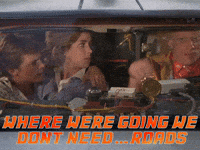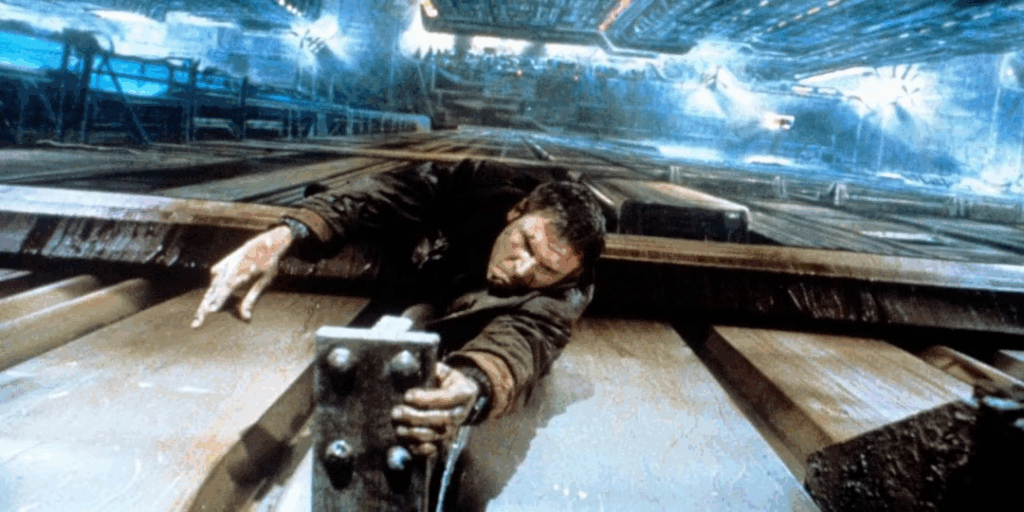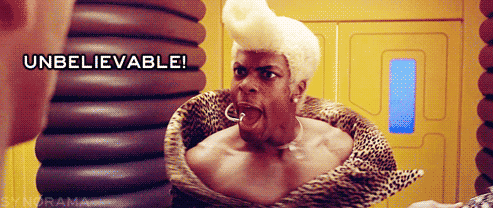
Okay, filmmakers, gather around, because it’s time to get your world-building skills in tip-top shape. Creating a believable, immersive sci-fi world is like throwing a fabulous party. If you get the details right, your guests will want to stay forever. But if you don’t… well, they’ll be out the door faster than you can say “lightsaber.” So, buckle up because we’re about to jump to lightspeed!
Step 1: Start with the Rules, Baby
First things first, you need to establish the rules of your world. Is it a post-apocalyptic wasteland where people scrounge for food like it’s Black Friday? Or is it a utopian paradise where everything’s all sunshine, rainbows, and hoverboards? Whatever it is, decide how the world operates. Does your society rely on robots? Is there intergalactic war? Do people communicate through mind melds? The more specific you get, the more real your world will feel.

But don’t just throw rules out there for the sake of it. You don’t need a giant world bible. Take a page out of Save the Cat and keep things lean and mean. Focus on the rules that matter to your story. Keep it focused so you don’t overwhelm your audience with details they don’t need to know. Less is more, trust me. If your characters don’t need flying cars, don’t explain how they work. If they do, then break out the specs.
Step 2: Let the Setting Tell the Story
Every good world has a setting that’s more than just eye candy. If you’re designing a world, remember—everything has a purpose. The environment, the cities, the tech, the people—all of it should tell the story you’re trying to share. It’s not just about making things look pretty; it’s about making sure that world feels real.

Let’s talk about Blade Runner—and not just because Harrison Ford in the ‘80s was the galaxy’s ultimate heartthrob. The neon-lit streets and crumbling, polluted cityscape of Los Angeles are more than just an aesthetic. They speak volumes about the dystopian future we’re stepping into. So, think about your world’s vibe—how does it reflect the themes of your story? Is it dark and gritty like The Matrix, or pristine and shiny like Star Trek? Your world should feel like it has a past, a present, and a future, so get creative and make sure it serves your plot.
Step 3: Build Your Culture—But Make it Fabulous
The best sci-fi worlds are filled with rich cultures that make you want to pack your bags and move in. Think about language, dress, art, social hierarchies—basically, give them a personality, honey! Imagine the diverse aliens in Guardians of the Galaxy, or the fascinating political systems of Star Wars. Even if you’re not creating an alien species, give your characters a culture that reflects their environment. In a post-apocalyptic world, maybe survival is all that matters. In a futuristic society, maybe high-tech gadgets are everything. Show us the values, customs, and quirks of your people.

And remember: Not all aliens have to speak in grunts or growls (unless you want them to, darling). Some of the most iconic characters have completely unique, fully-formed cultures. Star Trek did a whole lot with its Vulcans, Klingons, and Romulans, and don’t even get me started on The Fifth Element and their fabulously eccentric take on futuristic fashion and style—because honey, that’s a whole vibe!
Step 4: Use Your World to Deepen Your Story
Here’s the magic trick: your world needs to serve your narrative. Sure, you can have a killer set, amazing props, and a stunning backdrop, but what makes a world truly captivating is how it reflects and enhances the characters’ struggles and goals. Is your hero fighting against an oppressive regime in a dystopian future? Make sure the world makes that oppression feel real. Is your villain using a technological weapon of mass destruction? Make the tech feel as dangerous as it sounds.

And while we’re talking about characters, take a note from Save the Cat: make sure that everything that happens in your world has consequences. If your hero’s actions are pivotal, make sure the world reacts in a way that feels earned. If you’re blowing up a space station, make sure there’s a reason it matters to the world, and to your characters. Give us that “ah-ha” moment. We live for it!
Step 5: Make it Visual (And Don’t Forget the Fun)
Your sci-fi world is essentially a character in itself, so make it as visually striking as possible. Think about the color palette, textures, and camera angles. Whether it’s a ruined city, an alien planet, or a shiny, tech-filled future, every shot should scream “this world is alive!” Don’t just go for visuals that look cool—ask yourself how each element of your world tells the audience something important.

And finally, don’t forget to have fun! Sci-fi is the genre where you can let your imagination run wild. You don’t have to be serious about it all the time. Sometimes, it’s about enjoying the process and finding joy in the strange and bizarre.
World-building is your playground! The more details you give, the more immersive and unforgettable your world will be. Take a page from the masters like Blade Runner, Star Wars, and The Matrix. Give us something to get lost in and never want to leave. Ready to take your world-building to the next level? Get started, and make your sci-fi vision a reality!
Oh, and don’t forget to submit your film to Moon Rocks—it’s the perfect opportunity to show off that shiny new world you’ve crafted. You’ve got this!
Let’s boldly go where no filmmaker has gone before, one mind-blowing world at a time.

